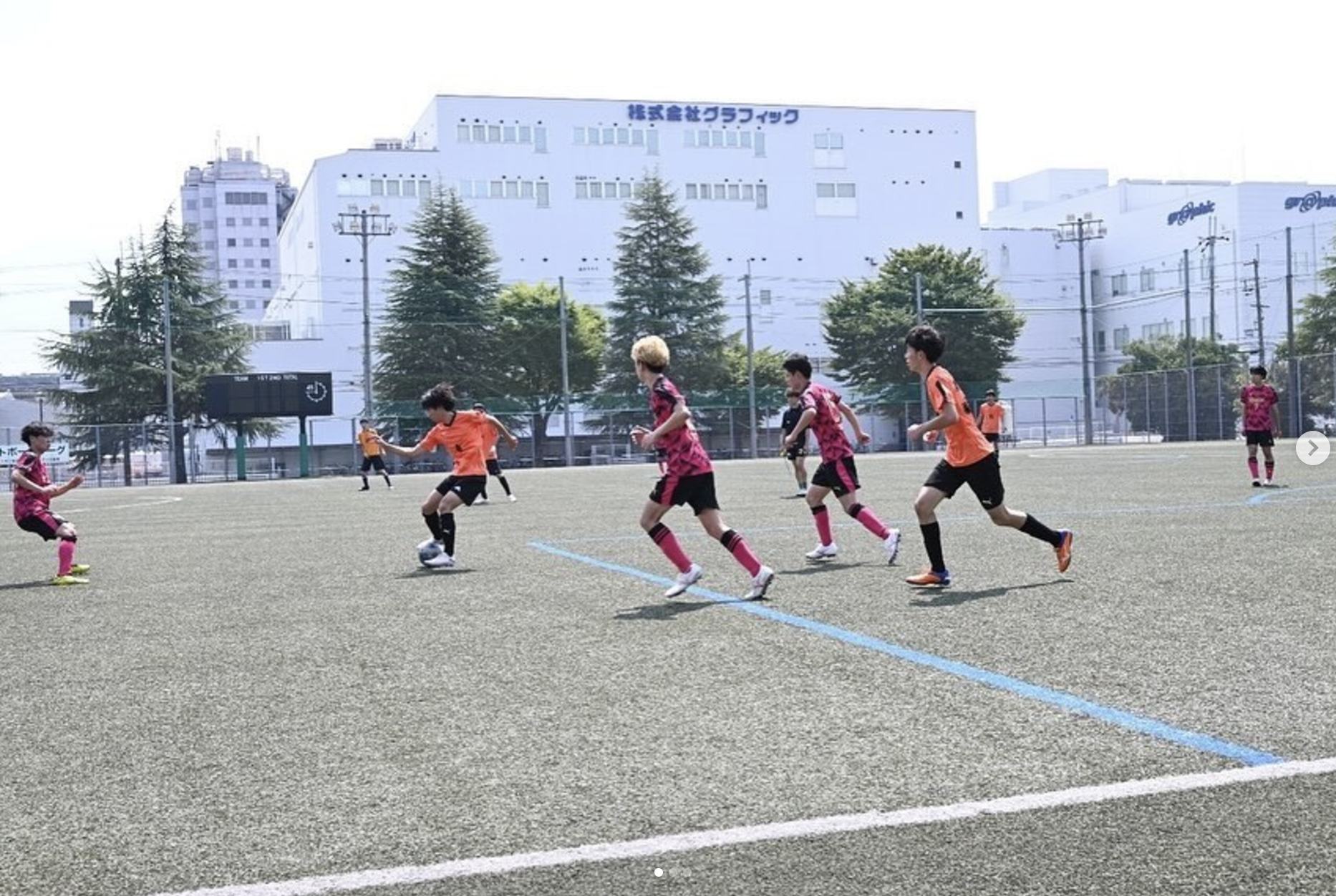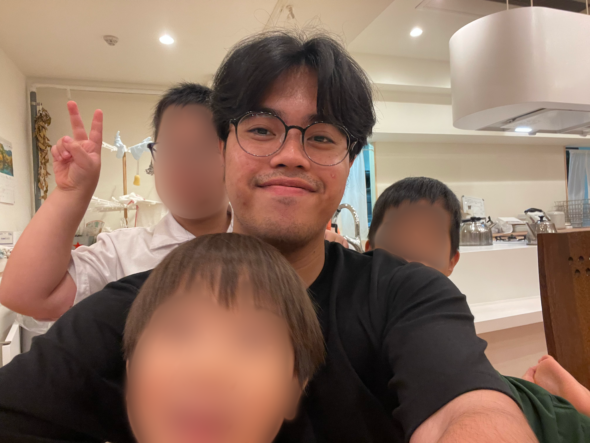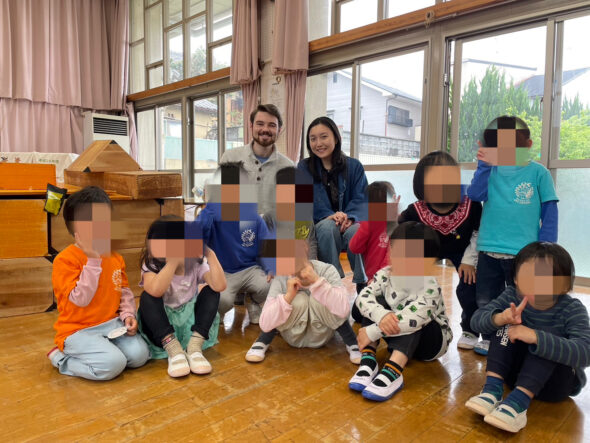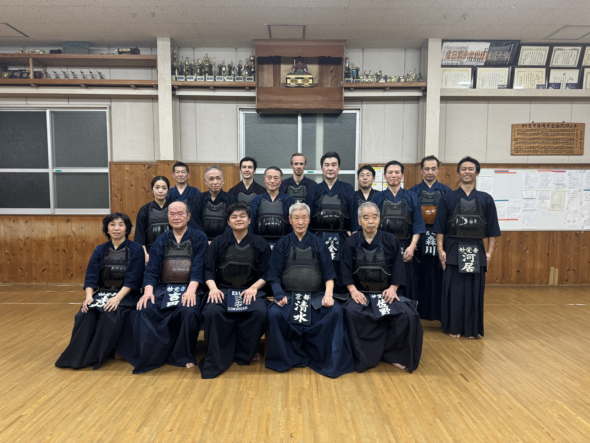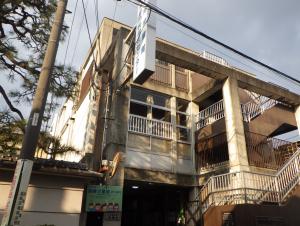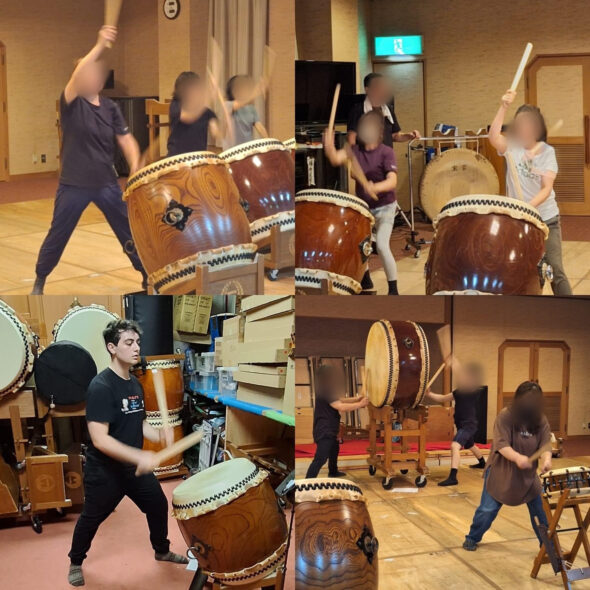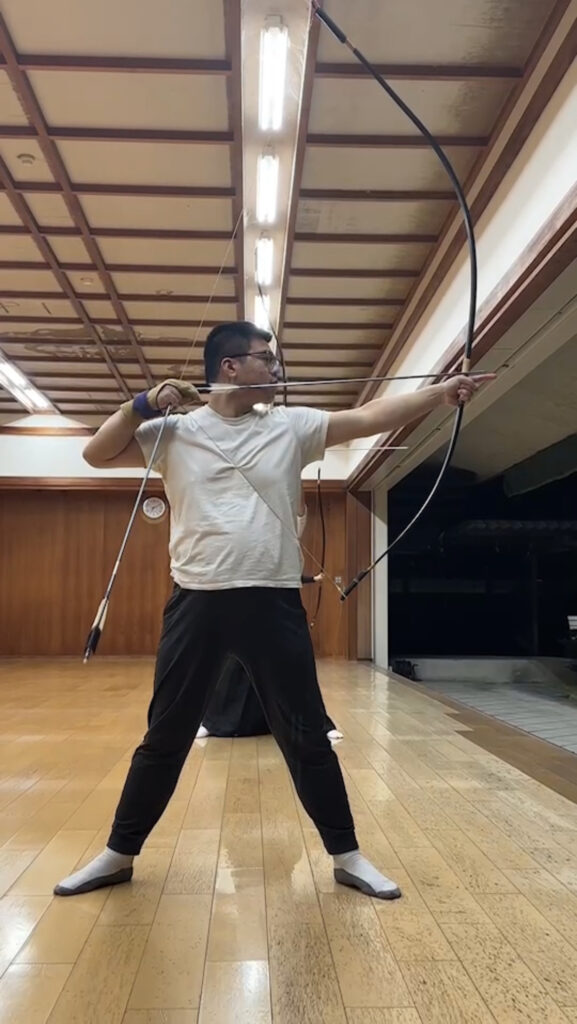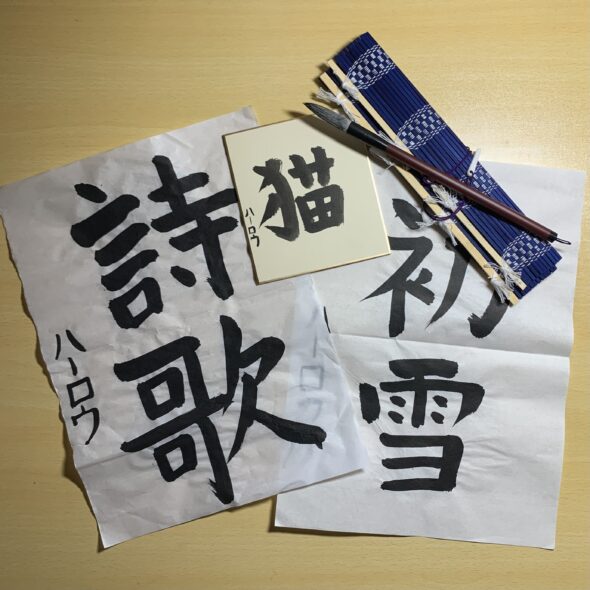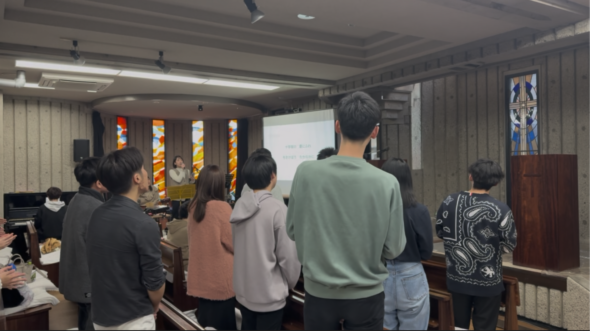
My CIP activity is participating in KGK (Christian Student Association). KGK is a circle that any student can join to meet other students and learn about God and the Bible. There are weekly meetings (Tuesdays) starting at 6:30 PM. We will start with worship (singing songs), then self-introduction, then break up into small groups (4-5 people) and chat about a given topic to get to know each other and learn about the Bible.
As for advice for incoming students, I encourage you to come to KGK’s meeting even if just once. The friendliest and most open people I have met in Japan are from KGK. The first time I joined, people came up and introduced themselves to me. Everyone is curious about the newcomers and wants to be your friend. I was one of 2-3 foreigners who participated regularly. KGK is majority Japanese students and everything is in Japanese. Despite not being able to understand everything (especially when I first arrived in Kyoto), the warm atmosphere makes going worthwhile. There is an Australian missionary who comes to the meeting weekly, so if you need translation, someone is there for you. Also, I’m not a Christian, but just interested in Christianity, so even if you are not Christian, you are more than welcome to come.
In spring, there is a 3-day camp for KGK that I attended. It was a bit scary because there are a lot of people and the number of foreigners is few, but I’m really really glad I went because I bonded with the locals and had a once-in-a-lifetime experience.
Going to KGK has made my time in Japan very special. I bonded with the locals and had cheerful moments I otherwise wouldn’t have.

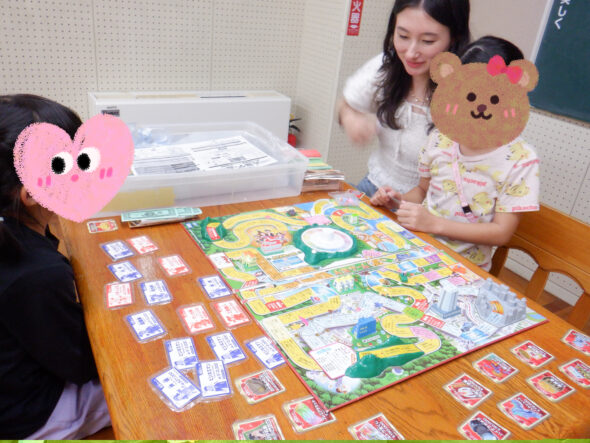 For my CIP I chose to volunteer at an after-school children’s center that was near my homestay. The kids were elementary to middle schoolers, and I got to play games with them, help with homework, practice my Japanese, and learn about what childhood is like in Japan. It was an amazing experience that really made me feel like a part of the community. The memories I made with the children and the staff members will be forever very special to me. For those who are not the best at putting themselves out there in the social setting, I really recommend 1. volunteer activities, because they give you a sense of purpose, and/or 2. working with kids, since they will immediately take a liking to you. For those who do chose a similar CIP, I recommend getting to know some Japanese names for games beforehand and teaching the children games you used to play, too!
For my CIP I chose to volunteer at an after-school children’s center that was near my homestay. The kids were elementary to middle schoolers, and I got to play games with them, help with homework, practice my Japanese, and learn about what childhood is like in Japan. It was an amazing experience that really made me feel like a part of the community. The memories I made with the children and the staff members will be forever very special to me. For those who are not the best at putting themselves out there in the social setting, I really recommend 1. volunteer activities, because they give you a sense of purpose, and/or 2. working with kids, since they will immediately take a liking to you. For those who do chose a similar CIP, I recommend getting to know some Japanese names for games beforehand and teaching the children games you used to play, too!